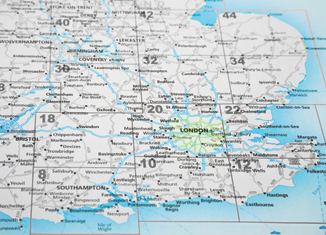In recent years, many of our coastal towns - particularly on the heavily-developed south coast - have been transformed from frumpy to fashionable. As well as a sea view, a coastal property is increasingly attractive to many investors.
But what should prospective buyers be mindful of?
Coastal erosion is not the niche issue that many people presume, and stories of properties falling into the sea are a reality for an unlucky few. Coastal erosion is occurring along 17% of the UK coastline. In more densely populated England, the figure is as high as 30%. Happisburgh in Norfolk is being eroded by the sea at a rate of twelve metres per year. Whilst an extreme example, a property in Happisburgh one hundred metres from the shoreline will have a very different outlook in ten years time.
Whilst the Environment Agency are responsible for managing the risk, in some areas there is a policy of 'no active intervention' where defences will not be provided or maintained and the coastline will continue to disappear.
Even where there are defence mechanisms these cannot be relied upon as these typically cost thousands of pounds per metre and may increase erosion elsewhere.
A typical set of searches carried out prior to acquisition will include an environmental search. This will not identify a risk of coastal erosion. Whilst subsidence risk is identified, this is based on a desktop data set which is not necessarily updated yearly by Ordnance Survey. If there is any concern at all a specialist should be instructed to ascertain the risk of the property being affected by coastal erosion.




















